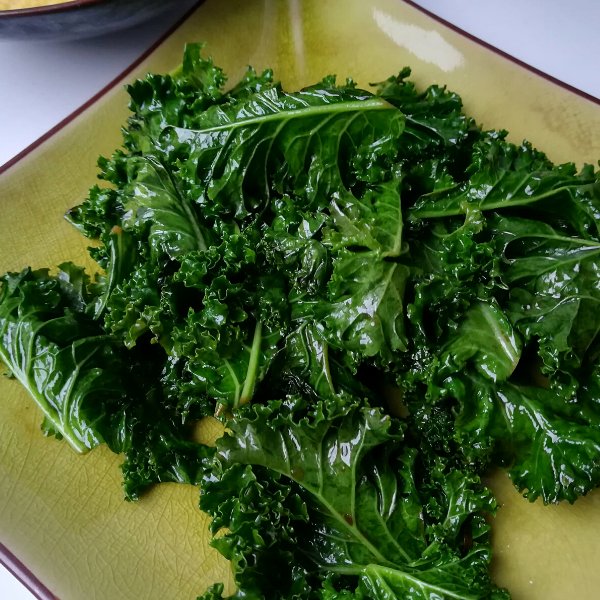Fava is one of those Greek dishes that you regret not having discovered before. Of course better late, than never! 😉
If it’s the first time that you hear of this, think of hummus in terms of texture, but completely different in terms of taste and speed!
Delicious, healthy, and quick to prepare, it’s an excellent option for a vegan meal with simple and affordable ingredients.
You have many possibilities to cook and taste Greek fava, with the most traditional one to be with olive oil and chopped onion on top of it.
The beautiful thing with this dip and dish is that although it is a legume (it comes from the plant Lathyrus Sativus), it does not need to be soaked before cooking and it’s very quick to prepare it. Furthermore, you can eat it as a mezze, or as a main course with a salad, in your sandwich or even as a spaghetti sauce.
Types of Fava
The fava that we eat most often in Greece comes from the lathouri (or Lathyrus Sativus) (orange-yellow color) while there is also the fava from peas (green color).
Super important note: Greek fava has nothing to do with fava beans! Greek fava is prepared with split peas, not fava beans. The difference is huge!!!

There are also different varieties of Greek fava depending on the region they come from, the soil, and the particular climate of each of them.
Among the most famous are the fava from Feneos (PGI product), from Schinoussa, and from Santorini.
As we are lovers of Greek fava, get prepared to explore more Greek fava recipes! Like this one: Greek Fava (split peas) with orange, pomegranate and chicory!
The fava you’ll find below reminds us of the dish we had a few years ago in a restaurant in Nea Nikiti in Halkidiki (northern Greece). As crazy as it sounds, it was the first time for us to try it! We have to admit that discovering new flavors and combinations is one of the joys of going vegan!
This is a more gourmet version of the traditional fava thanks to the caramelized onions and almonds.
If you cannot find carob honey or petimezi (grape sirup), just use brown sugar.
Greek fava goes perfectly with salads (we chose kale) and bread (to soak up the olive oil).

Try it and tell us your opinion!

Greek Fava with Caramelized Onions and Almonds in Carob Honey
Ingredients
For cooking the fava
- 600 ml of water
- 200 gr Greek fava from lathouri or yellow split peas or green split peas
- 1 onion
- 1 carrot
- 1 clove of garlic
- 2 tbsp olive oil
- 2 bay leaves
- salt
- pepper
For the blender
- juice of ½ lemon
- 100 ml olive oil
For cooking the caramelized onions
- 1 big onion
- 20 ml olive oil
- 25 ml carob honey or grape syrup or brown sugar
- 25 ml balsamic cream sauce
- 5-6 almonds optional
Instructions
For the fava
- Remove any small stones or debris from the fava/split peas.
- Coarsely chop the onion, the carrot, and the garlic.
- Put all the ingredients (apart from the salt) in a pot and cook over medium heat for about 20 minutes, stirring occasionally. Towards, the end of cooking, add the salt.Check regularly if there is enough water left in the pot so that the fava does not stick to the bottom of the pot.
- When it’s ready, turn off the heat, and let the fava cool to room temperature. If you have a hand blender, you don't have to wait the fava to cool.
- Remove the bay leaves and mix the fava in the blender with the olive oil and the lemon juice.While mixing, check if you need to add a bit of water. Pay attention to the amount of water: the more you add, the more watery the fava becomes. Unless it's like a soup (if you put a lot of water), it becomes thicker after a few hours.
- When ready, serve the quantity you want of the mixed fava and begin the caramelized onions.
For the caramelized onions
- Cut the onion into slices of intermediate size.
- Put the oil in a pan, add the onions and sauté until they start to soften (it will normally take 2-3 minutes if your slices are not too thick).
- Add the carob honey and the balsamic cream (and optionally, the almonds).
- Shake your pan back and forth, so the onions do not stick.
- Sauté for about 2-4 more minutes and repeat step 4.
- Turn off the heat, take the onions from the pan and add them on top of your fava with a bit of olive oil.
Notes
- Instead of carob honey, we often use grape syrup (petimezi). If you do not have any of those, replace them with sugar.
- You do not need to soak the fava (as you normally do with beans or chickpeas) or remove the foam that forms when it boils.



